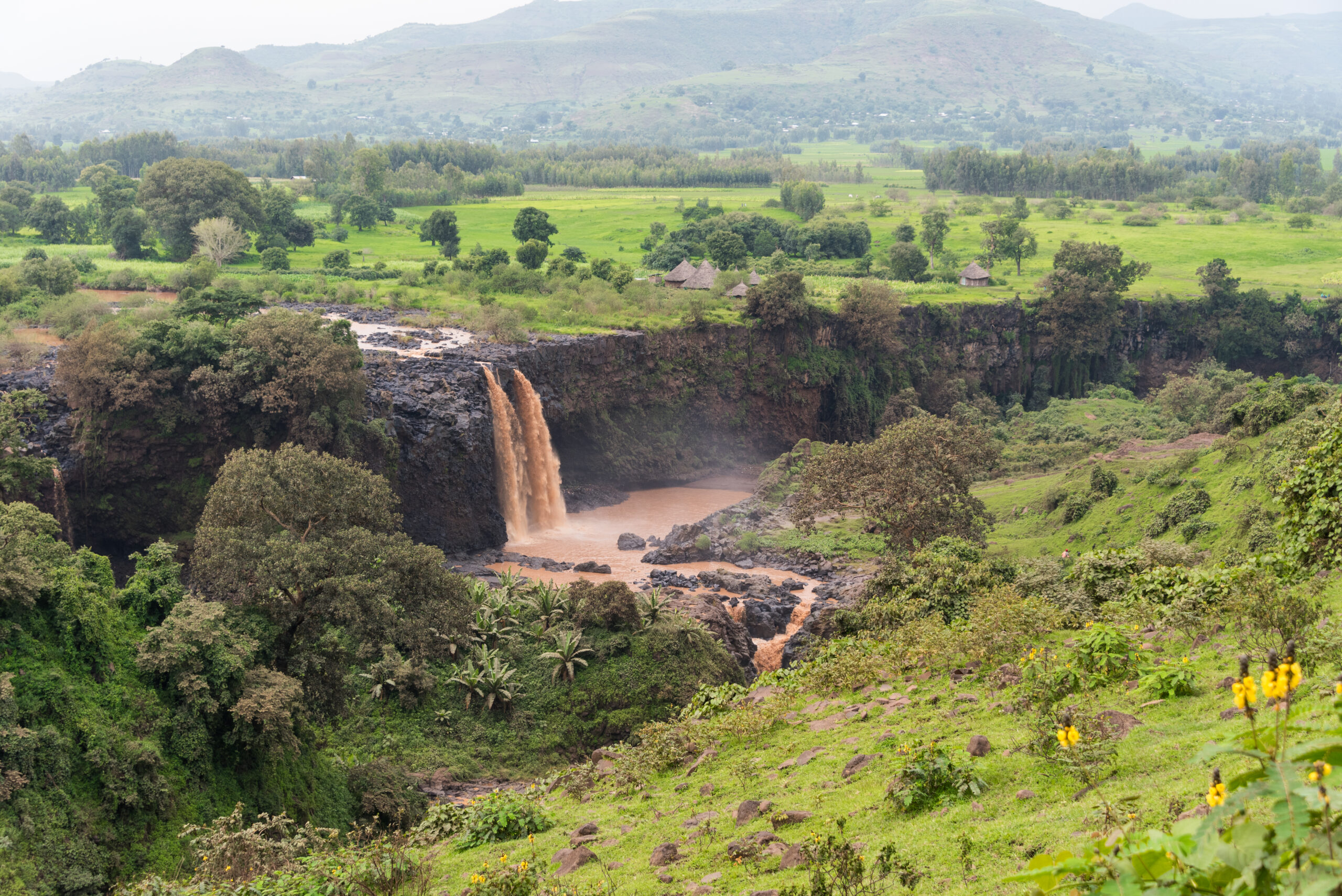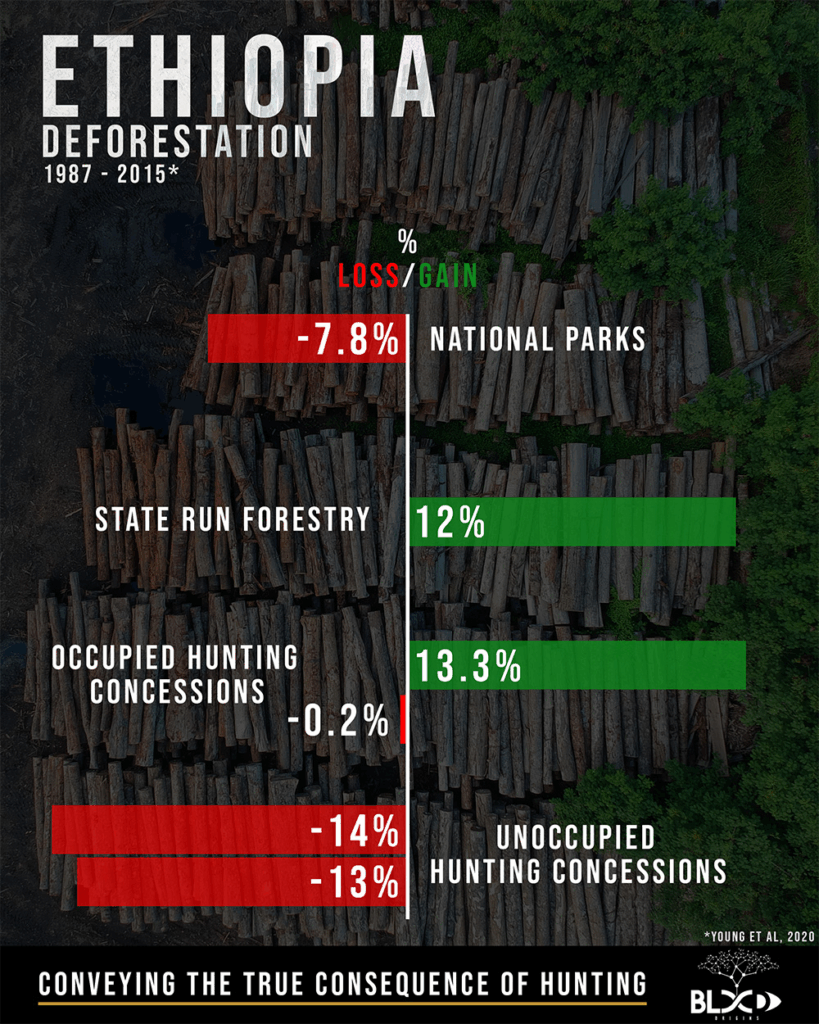A 23-year study in Ethiopia’s southern highlands assessed the effectiveness of various forest conservation strategies by examining four types of protected areas: a national park, a state-run forest enterprise, occupied hunting concessions, and unoccupied concessions. The Bale Mountains National Park experienced a 7.8% forest cover loss, raising concerns about the limitations of traditional park management. In contrast, the state-run forest enterprise showed a 12.9% gain, demonstrating that sustainable timber production can support conservation. Occupied hunting concessions had minimal forest loss, while unoccupied ones faced significant degradation, with losses up to 14%. These findings suggest that active management—whether for timber or regulated hunting—is more effective than passive protection. The study highlights the need for integrated conservation models that combine federal and non-federal efforts, especially in regions with limited government resources. It also emphasizes the importance of balancing environmental goals with the economic and social needs of local communities.

Active Management Key to Forest Conservation: Lessons from Ethiopia’s Southern Highlands
Your support helps us fund more projects.

